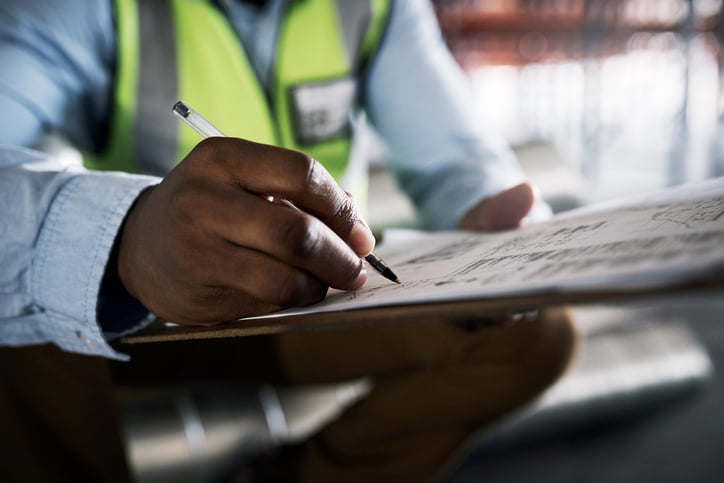Last year I received a call from a building code official in the Midwest who was looking for a certified EIFS inspector. He knew about the AWCI EIFS—Doing It Right® program and that AWCI maintains a list of certified inspectors. What he did not know was the scope of the training that AWCI provides, and what qualifications an EIFS inspector has. This article describes the EIFS inspector qualifications and previews some of the content in the recently updated EIFS—Doing It Right® module for EIFS inspectors (see the article on page 32).
ASTM C1397, Standard Practice for Application of Class PB Exterior Insulation and Finish Systems and EIFS with Drainage, is one of the core documents for AWCI’s EIFS—Doing It Right course. Code requirements are in section 1407 of the International Building Code, which references ASTM E2568 for barrier EIFS, and ASTM E2570 for the water-resistive barrier in EIFS with drainage. During installation, EIFS inspectors need to ensure that EIF systems comply with three types of requirements: building codes, manufacturer’s recommendations and the building design. EIFS —Doing It Right covers code requirements and gives references and best practices for the other two.
It is important to understand that once trained, EIFS inspectors will be qualified to inspect the installation of new EIFS construction, but not necessarily inspect completed existing buildings. Even though the focus of the EIFS inspector training is on new buildings, some credentialed EIFS inspectors may have the necessary background, experience and knowledge to perform inspections on completed installations. Many years of installation and inspection are needed to qualify an inspector to perform forensic evaluations of buildings.
That being said, the content of the new module 16 in the EIFS—Doing It Right program’s second edition provides beneficial knowledge for field inspection of ongoing projects, shows aspiring inspectors what their role should be in the building process, and details how to best approach conflicting requirements and issues on a project.
The course begins with a description of inspector qualifications, then clarifies that the course is for in-progress installations, not post-installation or forensic inspections. Participants then learn the process of how EIFS inspectors are hired, what types of inspections they typically perform, and are provided with tips on how inspections can be done safely with limited liability. Next, the course explains how to get the most out of an inspection engagement, and what provides the best service to the owner and the construction team. Finally, the course details the four-part inspection process of attitude, preparedness, technique and close-out.
Attitude is the philosophy the inspector takes when approaching the inspection process. It is the understanding that as an inspector, he or she is a part of the team trying to get the job done right, not someone trying to find fault or assign blame. This is best accomplished through collaboration and coordination rather than conflict.
Preparedness is not just knowledge of building code requirements, but review and understanding of the specifics of the project: Is barrier EIFS being used, or EIFS with drainage? If drainage is part of the design, what drainage path, water-resistive barrier, adhesives and trims are specified to ensure proper flow of moisture? Are flashings, heads, sills and projections such as parapets properly detailed? This can all be considered with a review of the plans, before any inspector or mechanic steps foot on the project site. The course also covers some of the tools and equipment the inspector will need to properly perform his/her job.
Technique is the methodology used for the inspection process. From the pre-construction plan review and key stakeholders’ meeting, to the method of taking notes, recording discrepancies and organizing and writing reports, a well-organized and properly planned inspection can save time and help facilitate rapid repair of deficiencies.
Close-Out is the final disposition of the project. This includes verifying that discrepancies have been addressed, issuing a final report and ensuring the proper entities receive copies of the report.
Although an AWCI-certified EIFS inspector may not be exactly what the Midwestern code official was looking for, using the AWCI listing of certified inspectors will at least lead him to someone who better understands the EIFS installation process, the building code requirements for EIFS and how EIF systems are supposed to be installed and perform in a way that protects, insulates and beautifies a structure.






